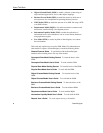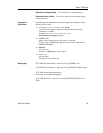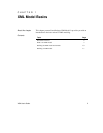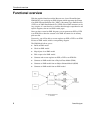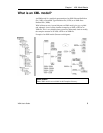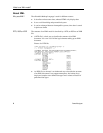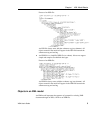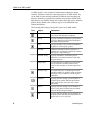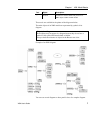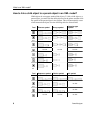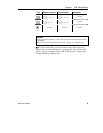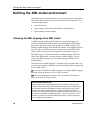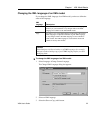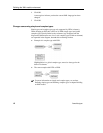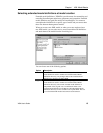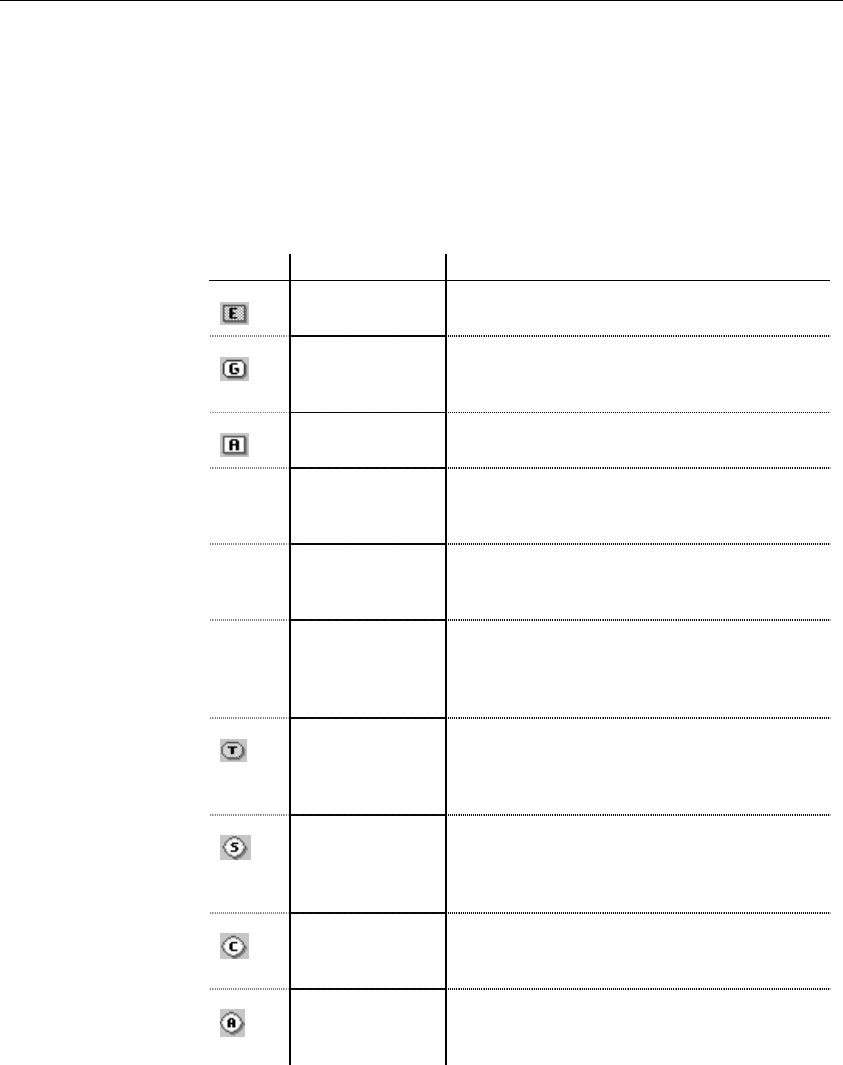
What is an XML model?
6 PowerDesigner
An XML model is a tree structure of child elements attached to parent
elements. Elements are the basic describing items of an XML model. They
can be made of other elements combined in different ways through group
particles. Elements are specified by attributes and data types which can be
predefined or user-defined. Simple and complex data types can be defined as
global (directly linked to the <schema> tag) or local (embedded in an
element declaration).
The following table displays the specific objects of an XML model:
Tool Object Description
Element The basic object of an XML model. An element
can contain other elements or attributes
Group A group of elements arranged by a group particle.
A group is defined once and reused elsewhere in
the model through references
Any Any type of object. Any can only be attached to a
sequence or a choice group particle
— Attribute Additional information about an element or a
complex type. An attribute is defined by a built-in
data type or a simple data type
— Attribute Group A group of attributes. An attribute group is
defined once and reused elsewhere in the model
through references
— Simple Type A simple data type. A simple type is used in the
case of elements or attributes with text-only
content. Only available in a model targeted with
XSD
Complex Type A complex data type. A complex type is used to
introduce elements or attributes within an element
declaration. Only available in a model targeted
with XSD
Sequence A group particle to arrange a set of elements. A
sequence group particle indicates that elements
must appear at least once in the order of their
declaration
Choice A group particle to arrange a set of elements. A
choice group particle indicates that one element
must be chosen among all elements
All A group particle to arrange a set of elements. An
all group particle indicates that each element can
appear once or not, in any order



